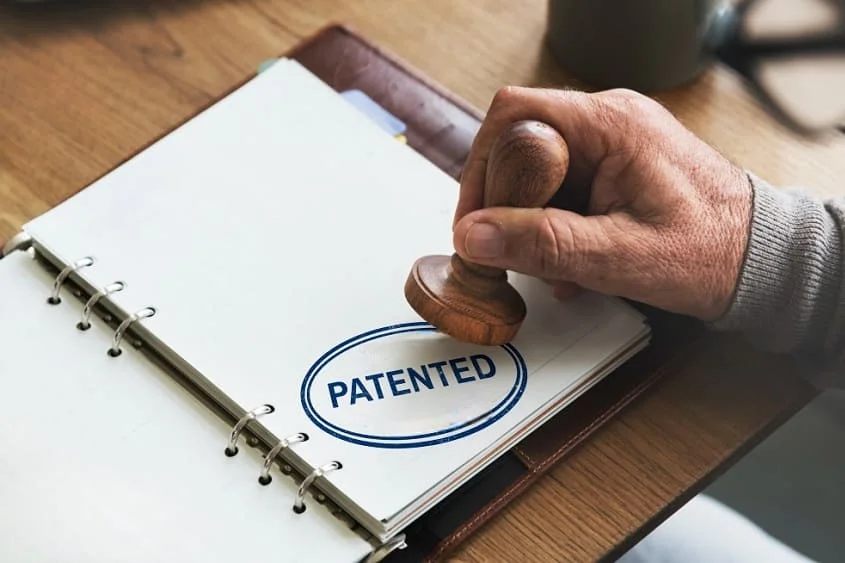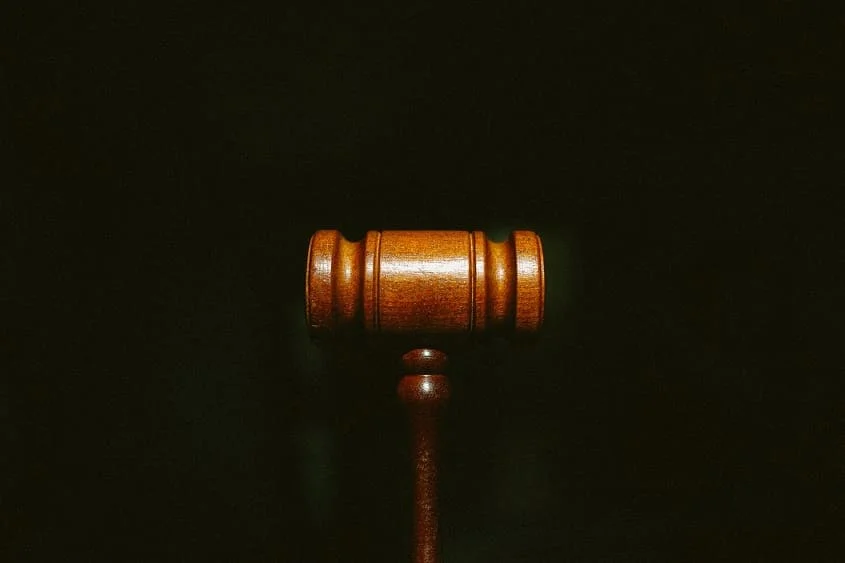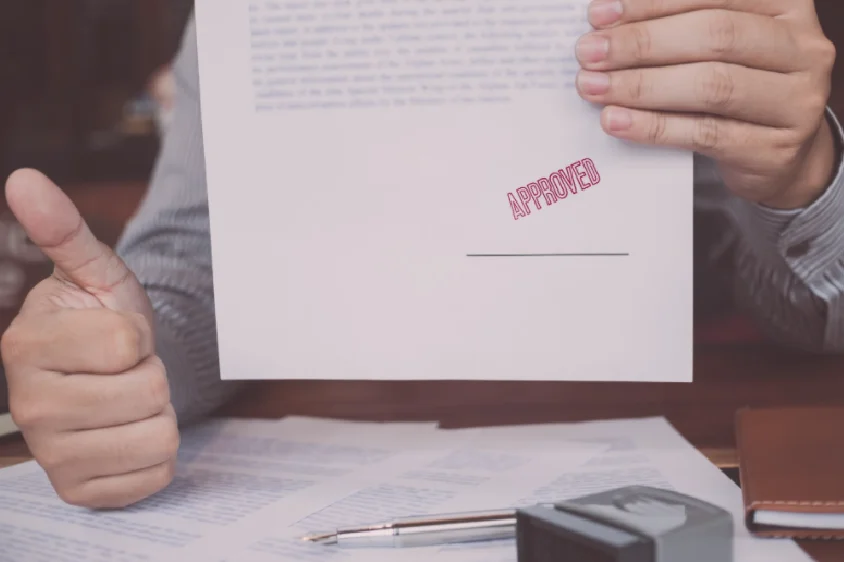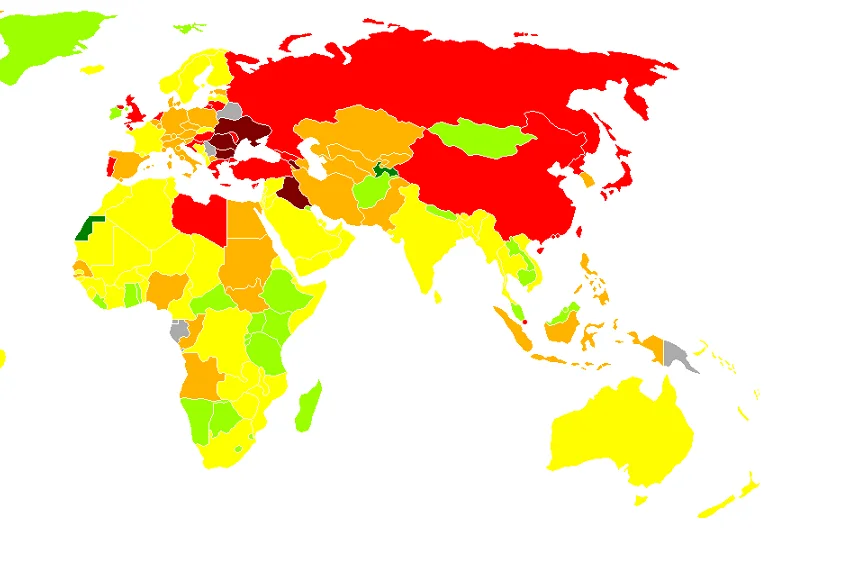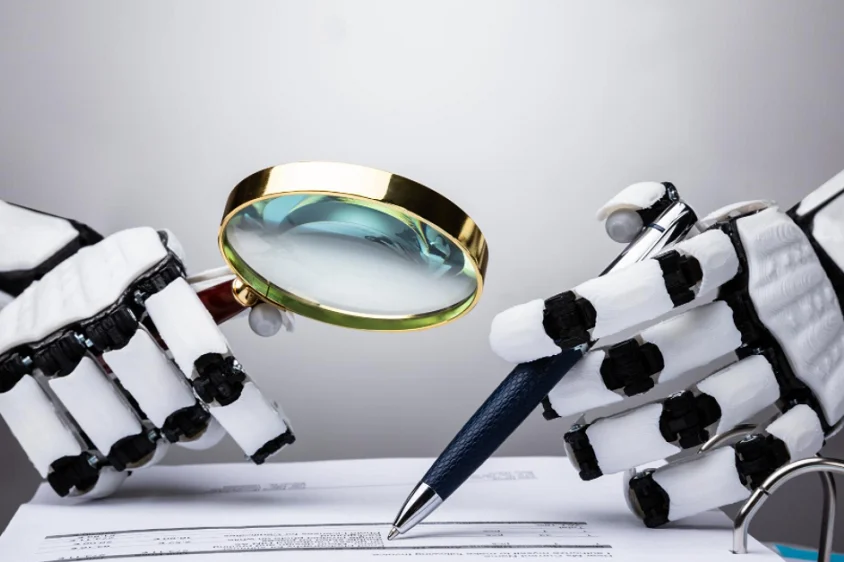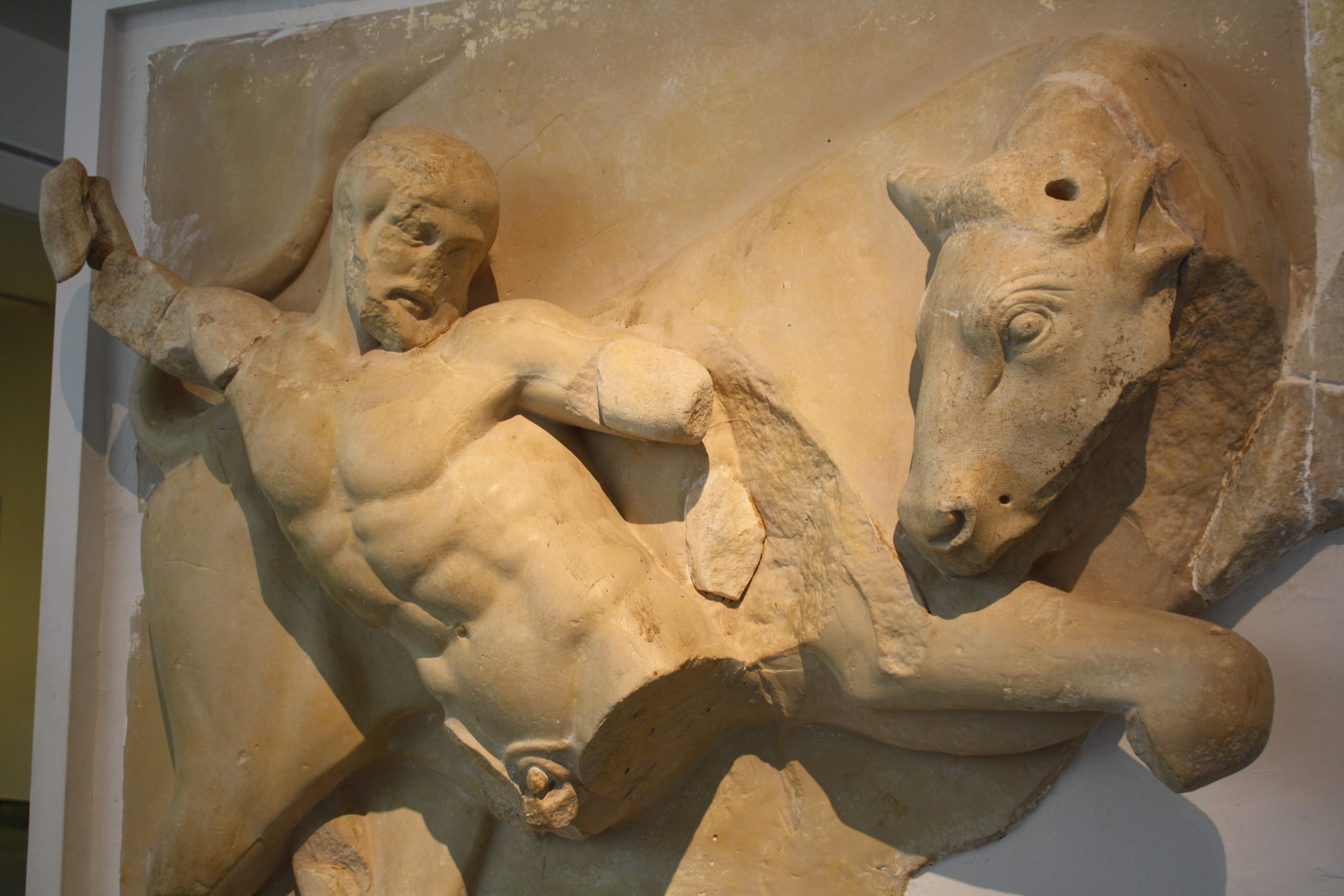The art of crafting patent claims demands not just legal expertise but also a strategic understanding of the statutory framework, particularly as it relates to non-obviousness under 35 U.S.C. 103(a). This statute is pivotal in guiding prosecution attorneys through the patent application process, especially when delineating the boundaries of an invention against the backdrop of […]
Joint Inventorship in Patent Applications: A Guide for US Patent Attorneys
In the complex terrain of patent law, understanding the nuances of joint inventorship is crucial for any patent attorney. This aspect of patent filing, particularly its intersection with 35 U.S.C. 103(a), 103(c), and the considerations of 35 U.S.C. 102(e), (f), or (g), plays a pivotal role in the patentability of claims. This article provides a […]
Time Extension Policies in Patent Prosecution: A Guide for US Attorneys
In case of patent prosecution, understanding and effectively managing time constraints is critical. Particularly, the extension of time policy under 37 CFR 1.136(a) demands careful consideration by prosecution attorneys. This article delves into the strategic use of this provision, ensuring that US patent attorneys are well-equipped to handle final actions efficiently and effectively. Understanding 37 […]
Myth vs. Fact: The Realities of Patent Invalidation (Part 1 of the Series)
In the intricate world of patent law, one pervasive belief often looms over discussions among innovators, corporations, and legal experts: the notion that any patent can be invalidated, assuming one has enough time and financial resources. This article seeks to dissect this belief, separating myths from the nuanced patent invalidation realities, a topic of critical […]
Maxinov’s Approach to Evaluating the Strength and Value of a Patent Portfolio of an Innovator
In today’s rapidly advancing technological age, intellectual property remains at the heart of corporate strategy. For innovators and companies, the patent portfolio represents a treasure trove of potential, a testament to their commitment to pioneering and safeguarding their inventions. But how do you discern the true value behind each patent? Let’s investigate the comprehensive approach […]
A Unique Approach to Patent Invalidation: Case Study in Health Tech Landscape
In the ever-evolving landscape of health technology, securing patents and maintaining their validity is of paramount importance. Patent invalidation searches have emerged as crucial tools for challenging the veracity of competitors’ patents, ensuring a fair competitive ground, and fostering innovation. While several firms showcase their expertise in patent invalidation through use cases, it is essential […]
What is the Madrid Protocol?
Definition of the Madrid Protocol The Madrid Protocol is an international agreement enabling trademark holders to secure protection for their trademarks in several nations through one unified application. It was adopted in 1989 and is administered by the International Bureau of the World Intellectual Property Organization (WIPO). The main purpose of the Madrid Protocol is […]
Notice of Allowance in Patent Applications: What to Expect and Next Steps
What is a Notice of Allowance? A Notice of Allowance is an official communication from a patent office that indicates the patent application has been examined and found to be allowable. It is a significant milestone in the patent prosecution process, as it means that the patent office has determined that the invention meets the […]
Patenting Artificial Intelligence
Definition of Artificial Intelligence Artificial Intelligence (AI) refers to the simulation of human intelligence in machines that are programmed to think and learn like humans. It is a branch of computer science that aims to create intelligent machines capable of performing tasks that typically require human intelligence. These tasks include speech recognition, decision-making, problem-solving, and […]
Examples of Famous Trademarks
Definition of a trademark A trademark is a recognizable sign, design, or expression which identifies products or services of a particular source from those of others. Trademarks can be words, logos, symbols, or combinations thereof. They serve to distinguish the products or services of one company from those of another and are essential for building […]

